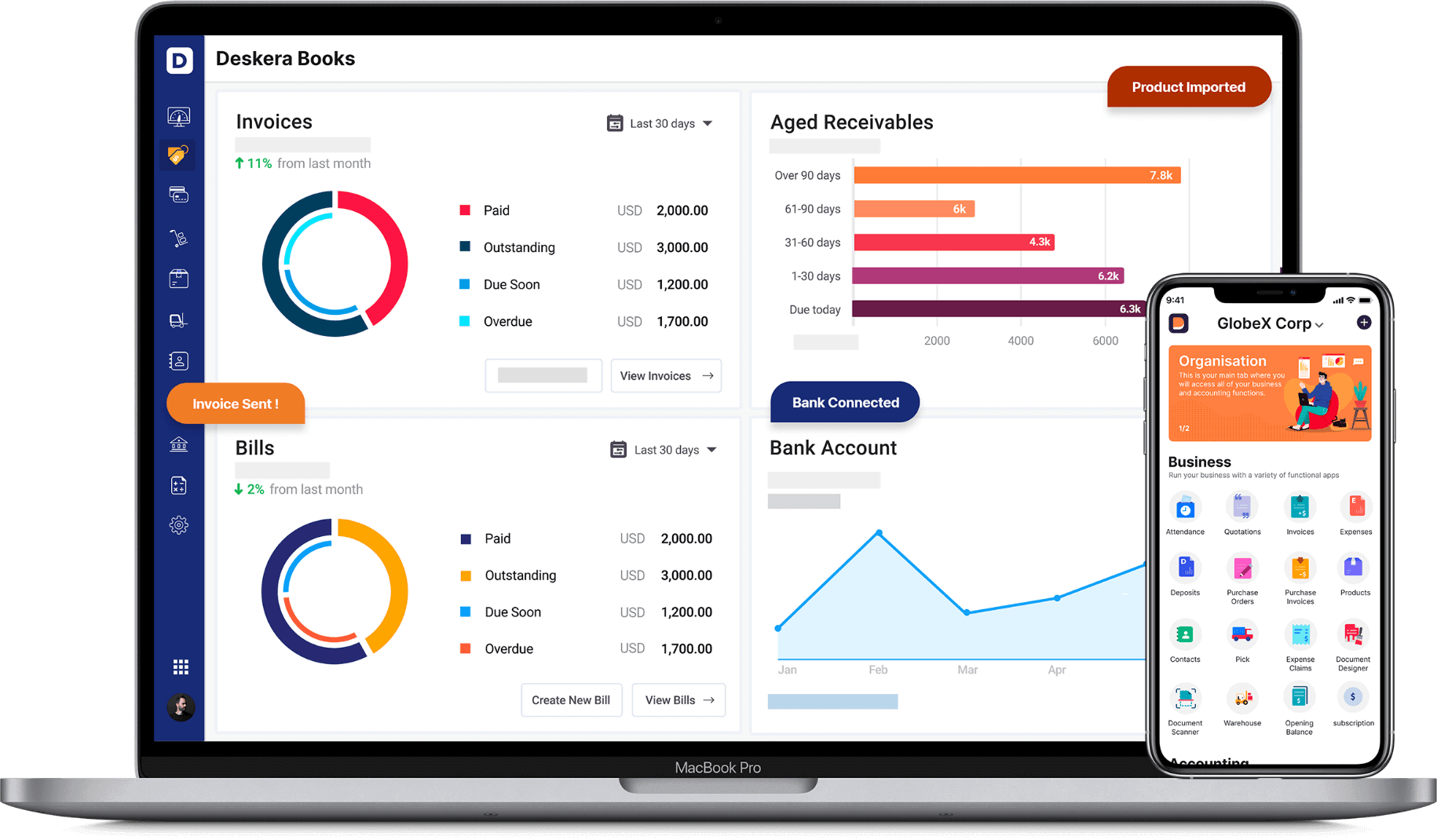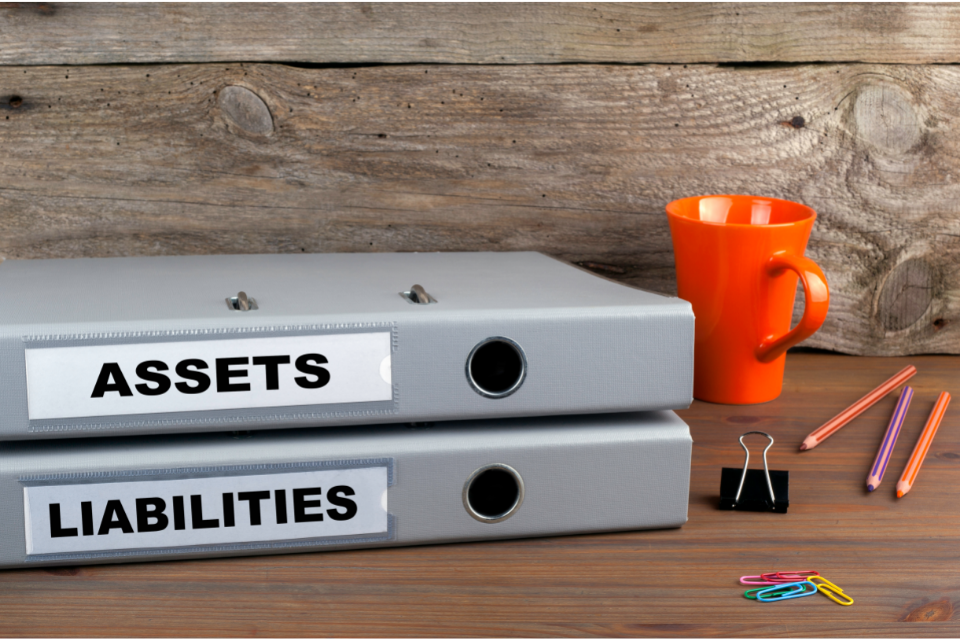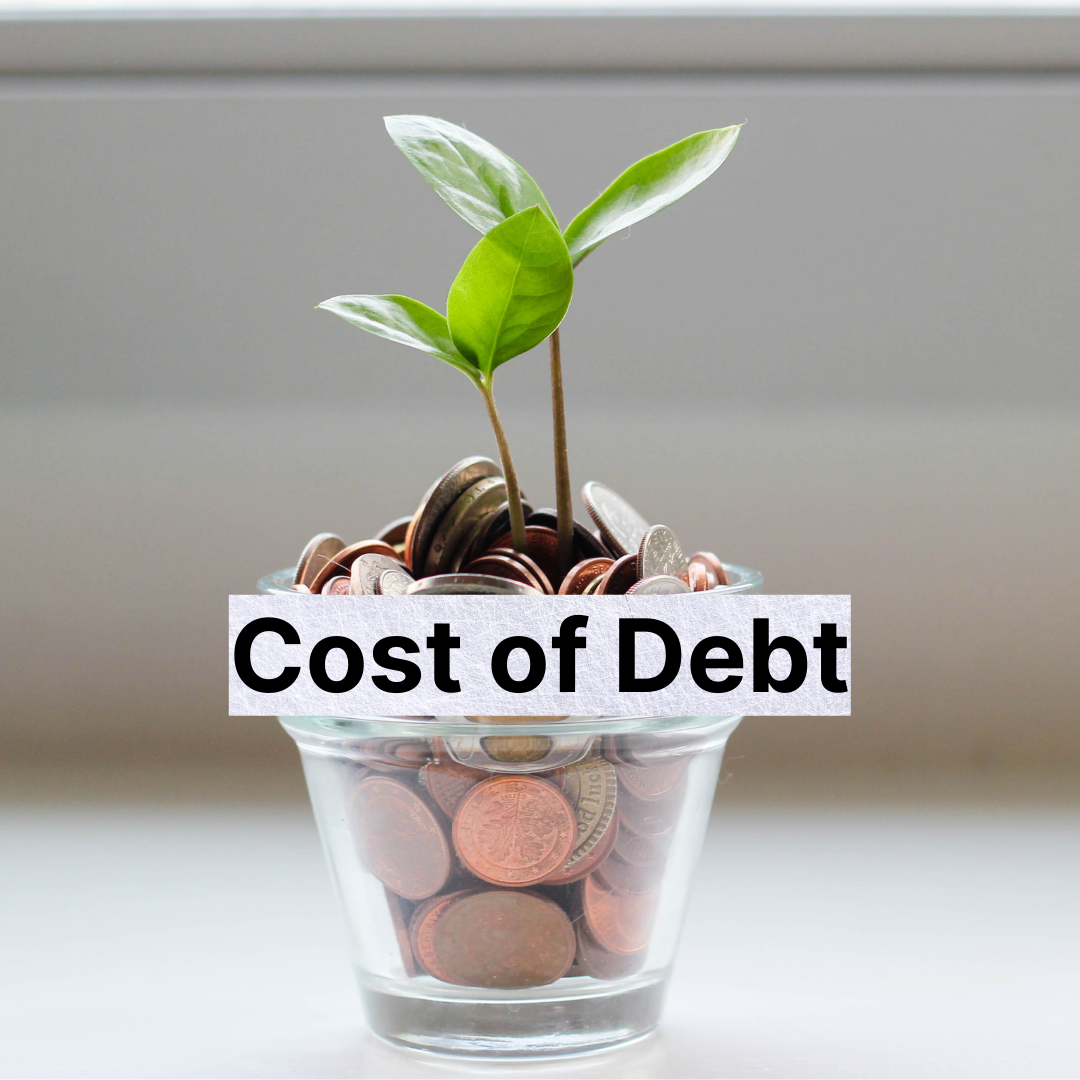Ms. Claire has a great business selling accessories like belts, handbags, and footwear close to the center of the market. She has a good range of customers and decent sales. Even her reviews and customer testimonials are great. But when she looks at her financial statements, she realizes she isn’t making enough profits, and her ROI is low. What could be wrong?
One of the most underestimated reasons, which is responsible for this situation, is incorrect product pricing. SME product pricing strategies set the standard for products or services in the market and are essential to revenue and competitive advantage. While setting your product pricing, you need to focus on the trends and vacillations in demand and competition in the current market.
What is Product Pricing, and How Important Is It?
When planning a business, you often match the product pricing strategies with the cheapest-priced provider on the market. Unfortunately, this approach assumes that the best way to get more sales is to set the lowest price.
Product pricing is an art, one of the most crucial features of planning and managing your business, and an approach that requires some math. Many people indulge in product pricing concentrating on the cost of the product rather than the actual calculation. As business owners, you must remember that the price you are going to set for your products will cover the cost of it and make your business a profitable one, and support you as an owner.
Setting the lowest product pricing doesn't work and often disguises the value of your offer. In addition, if you're doing business in a niche market, large competitors that can reduce operating costs can eventually enter the segment and destroy small businesses trying to compete on price alone.
Avoid low-price strategies by researching the markets you want to enter and repeatedly analyzing the following variables:
- The Ceiling Price: This is the highest price that the market bears and can be determined by asking experts and consumers or asking about price limits.
- Competitive Analysis: Don't just look at competitor prices. Consider the overall value of what they offer. You must consider if your competitors are considering budget-sensitive consumers or wealthy niches. Also, consider the value-added services they provide
- Price Elasticity: This method shows the responsiveness or elasticity of demand for a product or service when nothing else changes except the price. Marketers are flexible and sensitive to price fluctuations, or inflexible, and primarily conflict with price fluctuations when considering how to set or change prices. Some products react much faster and more dramatically to price changes. This is usually considered good to have or insignificant because there are many alternatives.
How to Choose a business product pricing strategy?
Your business product pricing strategies depend on various factors like customer demand, cost of goods, profit targets, supply chain, etc. Here are some product pricing models to consider:
1. Price Skimming
The price skimming strategy depends heavily on the market you want to enter. Using this method, you can set a high price at the time of product launch and entering the market. As competitors start flocking in, you can lower the price, which makes the technique ideal for new businesses investing in emerging markets. This also gives you a chance to overpower the new competitors entering markets that have already been developed.
2. Product Pricing Related to Market Penetration
This is just the opposite of using the price skimming technique. Here is a business you enter the market with a low price, take over the market, and cut down on your competitors. Then, once you have formed a grip in the market and have formed a massive customer base, you can raise prices and start earning.
The exceptions to this are that you need to have a loyal customer reach and a variety of business marketing and promotion strategies. One example would be McDonald’s: they offered a good-quality burger cheap and created a massive customer base – who have been addicted to the taste of the fast-food chain giant. Even if the prices slightly increase, customers will still flock to McDonald's.
3. Premium Price
This is more of a “luxury” or “lifestyle” branding strategy. Premium prices are for companies that manufacture high-quality products and sell them to high-income earners. The key to this product pricing strategy is to develop high-quality products that customers consider to be of high value to appeal to the right type of consumer. You can also change the strategy between product pricing depending on the market of each product or service. An example would be an Audi or a Mercedes Benz.
4. Economic Price
The opposite of premium product pricing - economic product pricing strategies consider the overall value of the products and the overhead costs. These are based on basic product pricing models which allow people to save more and purchase more. Supermarkets like Walmart and Cosco apply this product pricing technique
5. Bundle Price
This can also be termed as wholesaling. Various products are sold in bulk at a much lower price than when sold individually. This way, it is q in-win situation for you – first, you clear your stock, and second, your profits from the low-value items outweigh the losses from the high-value items contained in the bundle
6. Value-based Product Pricing
Value-based product pricing is almost the same as premium product pricing. But there is a big difference. This kind of product pricing is not for products that revolve in the market, but for exclusive products that you sell based on how much your customers think of the value of your products. For example, buying a Zara or a Gucci shirt. It’s the brand that people pay for and the product pricing is done exclusively, depending on the demand in the market. This product pricing model is ideal for sellers who offer their products rather than products. Product Pricing of such products is decided on specific marketing techniques like customer feedback or analyzing the "perceived value" of your product pricing.
7. Dynamic Product Pricing
Dynamic product pricing is applied by brands based on financial stability demand and market conditions. You can fluctuate your prices at any time based on market demand. An example would be Uber's surge product pricing. In difficult times, Uber can be a completely affordable option. However, when it rains during the morning rush hours, demand can increase, so Uber's prices skyrocket. Small retailers can also do this depending on the seasonal demand for the product or service.
Product Pricing Procedures and Techniques
This is a step-by-step guide for product pricing your products for continued profitability.
Step 1: Calculate COGS - the cost of goods sold
Cost of goods sold, or COGS is the cost of manufacturing a product. These include:
- The cost of raw materials
- Labor costs to produce items
- The cost of getting the goods you sell
COGS is associated with the production acquisition of what you sell and is necessarily not the overhead expenses. For example, if Mrs. Claire deals in handbags. To fix the price, she will have to calculate the cost of goods sold which includes:
- Assembly work (how the handbag has been manufactured or procured)
- Overhead, or operating costs (for example the rent of her shop/salary of the employees/further beautification of the product, etc)
- All prices are based on the cost of goods sold. When product pricing, you need to know the cost of goods sold for each item you sell. Example:
- Determine the cost of goods sold based on the price you paid for the item if you run a retail store.
Add up all the costs of each item you sell, when selling a manufactured product.
It becomes difficult when the cost item produces multiple products. In this case, you need to calculate the unit cost and the number of units used in each product pricing.
Many entrepreneurs do not know the cost of their products and are amazed to find that their prices barely cover their costs. With this, you may lose a lot of money in a year.
Step 2: Determine the percentage of overheads
The percentage of overhead expenses is the percentage of money from sales used to pay operating expenses. Your business cannot be profitable if the price of your products doesn’t cover the prime cost and the operating cost of the company. To calculate the overhead percentage, you need two numbers:
Total annual sales
Your annual running cost
The formula for the overhead percentage is: Expense / Total Sales = X
Your Overhead Percentage = X * 100
Let us consider Mrs. Karen’s business. Her annual income is $100,000 and her annual expenses are $30,000.
Her Overhead percentage will be calculated as $30,000 / $100,000 = 0.30
0.30 x 100 = 30%
The overhead percentage is 30%. In other words, 30% of the sales of each item is used to cover the operating costs of the company.
Step 3: Select the Mark-up
Having covered all these annoying costs, now comes the time for product pricing. Your mark-up is in your interests, so your mark-up is enough to allow you to continue investing in your business, pay yourself, pay off debt and cover your taxes.
There are two ways to approach mark up:
In addition to the cost of each product, set the amount of money you want to earn. If you make your product, think of it as the amount of money you earn to make your product pricing.
Use the mark-up percentage based on the mark-up rate which is the difference between the cost of a product and the selling price. Instead of using a fixed amount for product pricing, you can use a percentage which is useful if you want to set standard marks up for products at different costs.
This is the most experimental step. Start with what you want to earn and then adjust. Consider the following when choosing the label - if you need to follow an industry standard for labeling items for sale and the cost of your Profit Cover Add them! Your mark-up should cover the cost based on your production and it should also consider the competition. In general, you can increase mark up in less competitive markets and decrease mark up in more competitive markets.
Mark-up selection is a subjective part of this process. There is no right or wrong mark-up-it depends on you and how much you want to earn from each product.
Step 4: Calculate the price
There are several steps to calculate the price:
First - Add your costs to your mark-up.
Costs + Mark-up Amount = Baseline Price
Next - If you want to find the price percentage
Costs x Mark-up Percentage = Mark-up Amount
Mark-up Amount + Costs = Baseline Price
Next - Multiply your baseline price by your overhead percentage and figure out what is the amount that you must add to the baseline prices so that the overhead expenses can be covered.
Price x Overhead Percentage = Overhead Contribution
Now you must finally add your overhead contribution to your baseline price:
Overhead Contribution + Baseline Price = Final Price
Let us take an example:
Mrs. Karen sells a branded scarf. The overheads come out to be $6.08 and she wants a profit margin of $15, which will be your mark up.
So as of now the cost of the scarf will be:
$6.08 + $15 = $21.08
Considering the above overhead percentage from the scarf, it will be calculated as
$21.08 x 0.30 = $6.32
Now when we find our overhead post for Mrs. Karen’s scarf, the result will be:
$21.08 + $6.32 = $27.40
The final price of the scarf will now be $27.40, which can be rounded up to $28. This figure is profitable and covers all her overhead contributions and expenses
So, let us quickly do a break up on this figure:
Sale - $28
Overhead Contribution – $6.32
Cost of sales - $6.08
Profit - $15.60
Let's run the same example with percentage mark-up instead of monetary amounts. In this example, the mark up for the scarf should be 150%.
$6.08 x 1.5 = $9.12 (premium amount)
$6.08 + $ 9.12 = $15.20 (basic cost)
$15.20 x 0.30 = $4.56 (overhead cost)
$15.20 + 4.56 = $19.76 (price)
In the example, you can round up the price - $20.
Step 5: Adjust the price
The final step is to adjust the price, make it more realistic as per the competition and customer demand, and suit your market and business needs. Make sure your price is sustainable for your business. It would be best if you remembered that making small profits from products isn’t enough.
If Karen sells one scarf for $15.60 and 100 scarves for $1,560, she won’t be able to survive if her monthly overheads are $3000 plus. So you must adjust the markup and indulge in the experimental process.
How can Deskera Help You?
Deskera Books can help you automate your accounting and mitigate your business risks. Creating invoices becomes easier with Deskera, which automates a lot of other procedures, reducing your team's administrative workload.

Learn about the exceptional and all-in-one software here:
Conclusion
You need to have a sound knowledge of product pricing so that you can do what's worth your time and skill. Analyze which product pricing strategy is right for your products and business, which one offers the biggest strengths and covers the maximum weaknesses, and make sure your product pricing strategy covers costs and includes rates of return. By determining your needs in advance, you can identify the best strategy for your business. If you're already in business, you can try these strategies until you find the one that works best for you.
Key Takeaways
- The product pricing should consider all factors like cost of operations, fixed and variable costs, overhead costs, and the cost of goods sold
- Product pricing indulges in cost-plus product pricing methods, which can be many, to earn margins on all cost-based product pricing to ensure profitability for their stakeholders
- The distinction between fixed, variable, and overhead costs is an essential aspect of a product pricing strategy
- Product pricing is inevitable for companies to work for the best and most competitive price and optimum efficiency in the sales, profit-making, and production process
Related Articles











